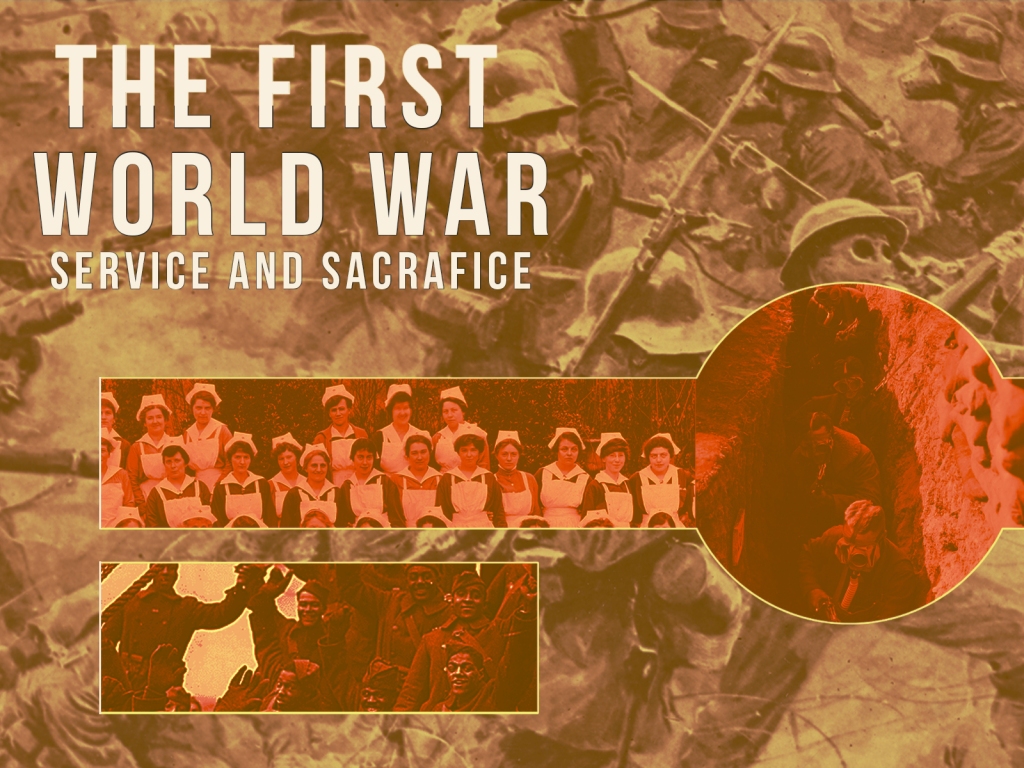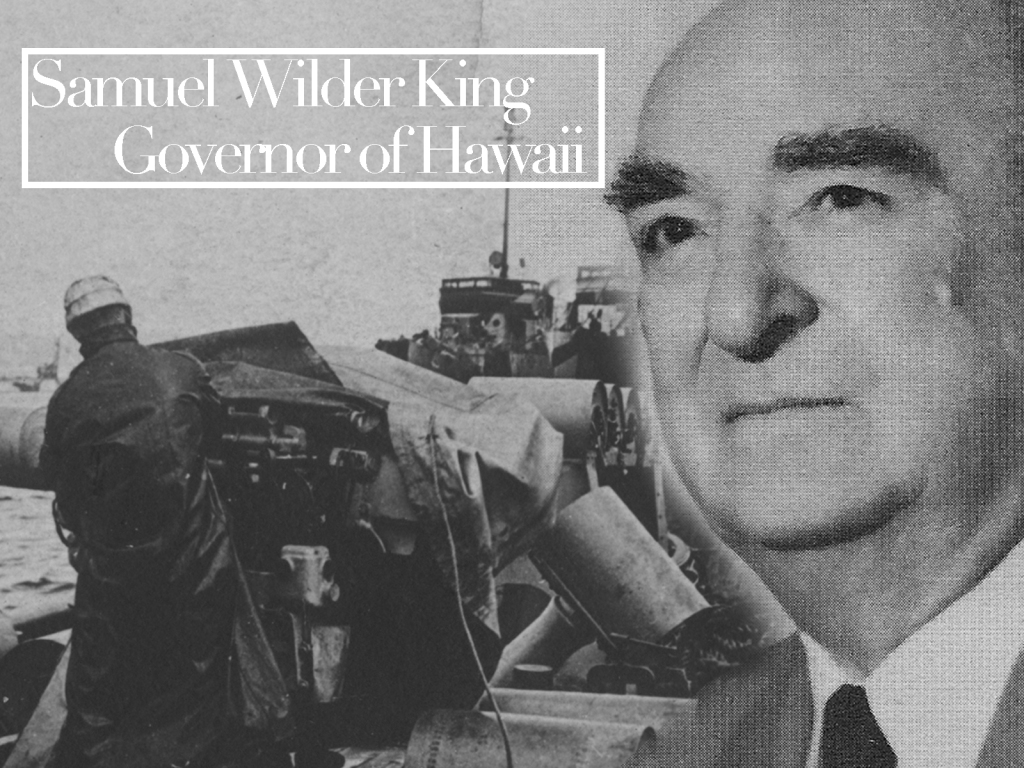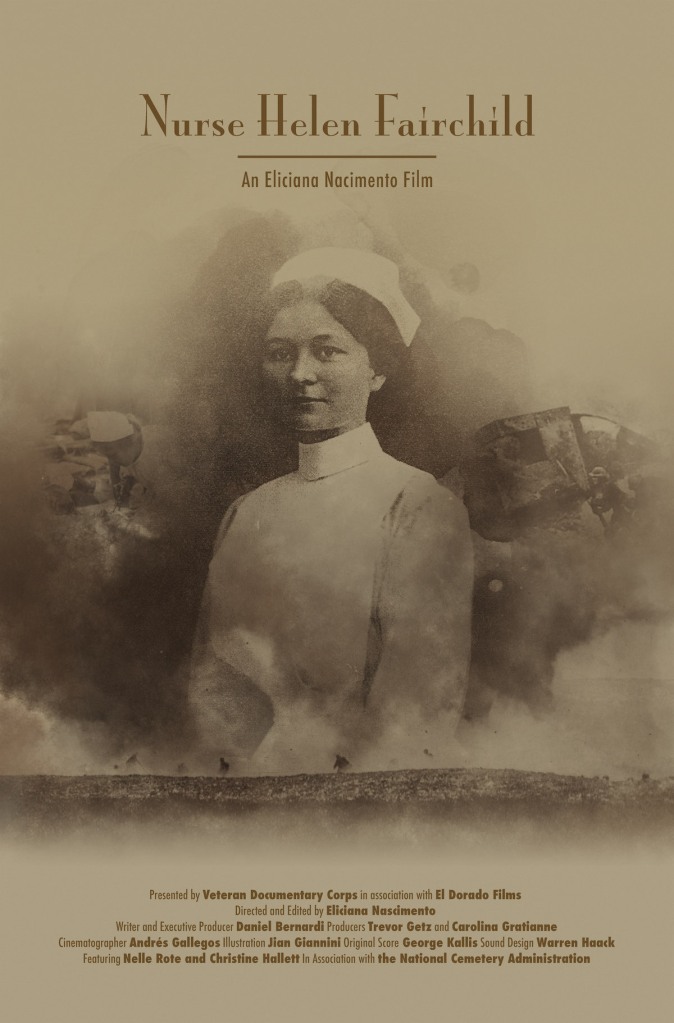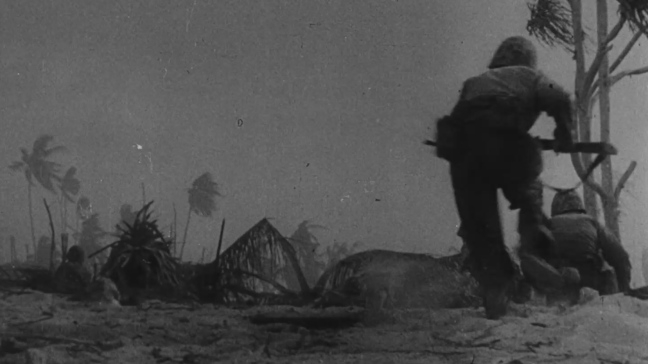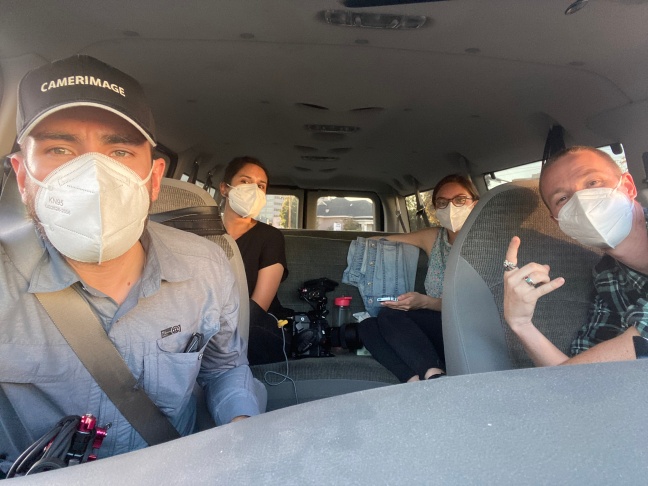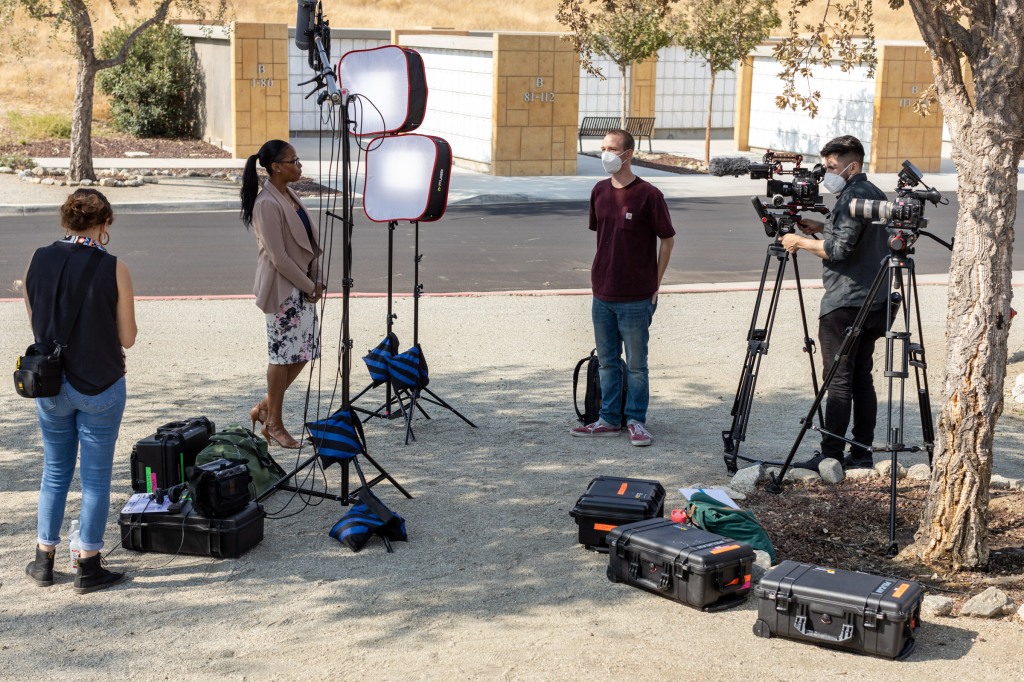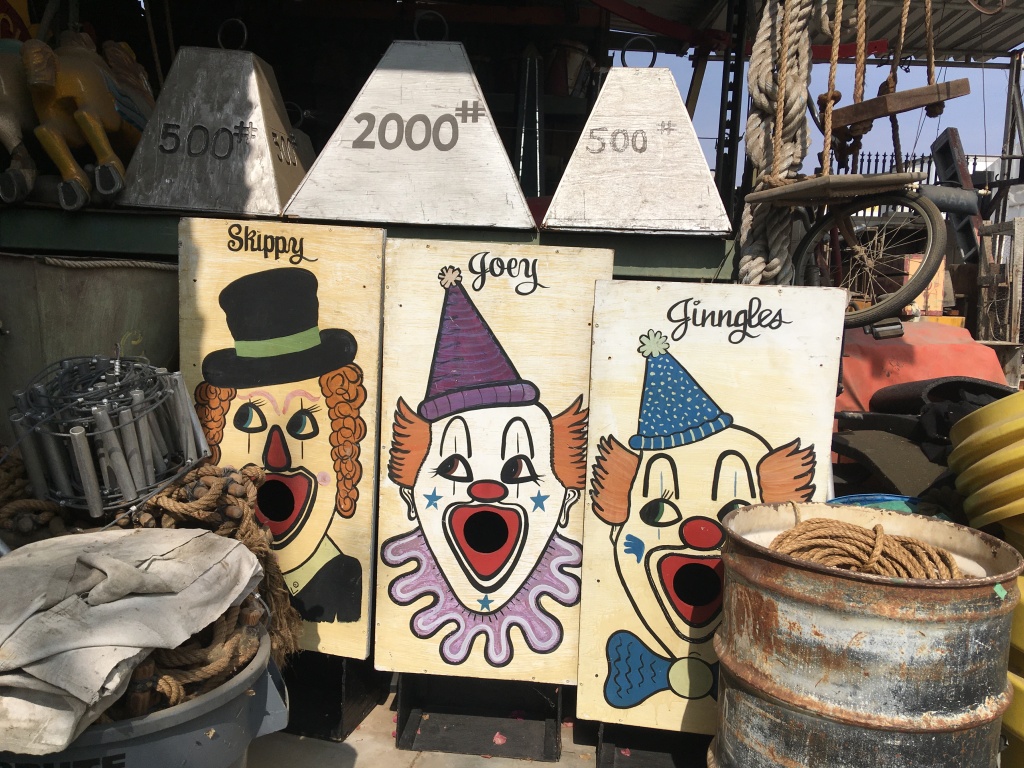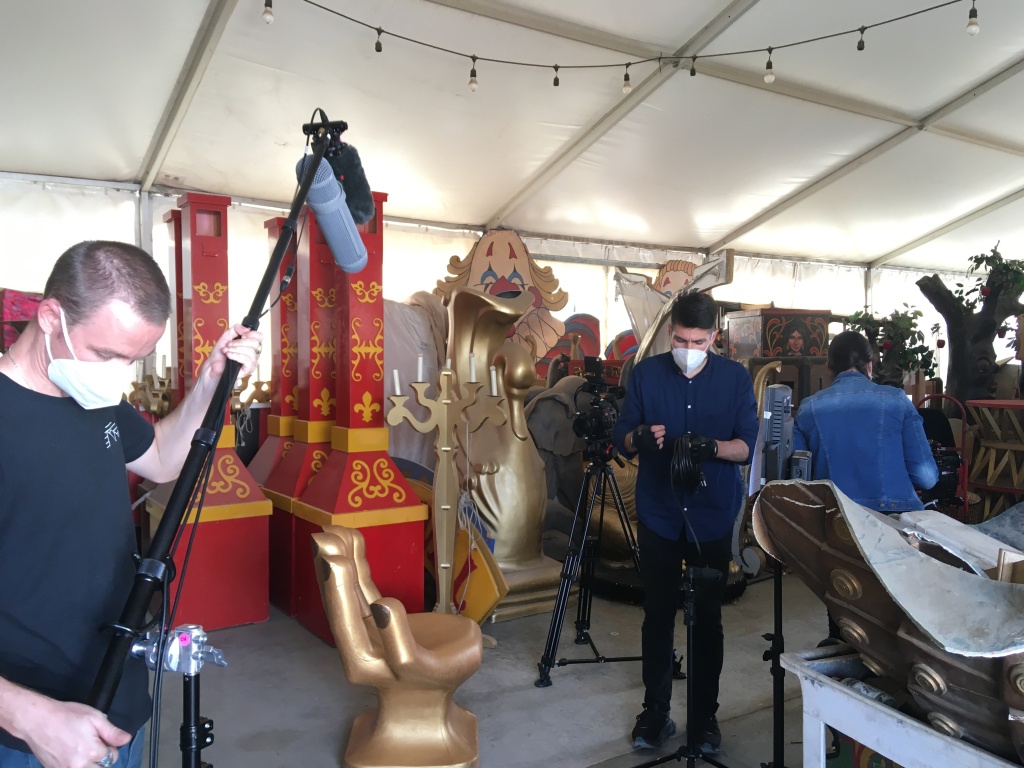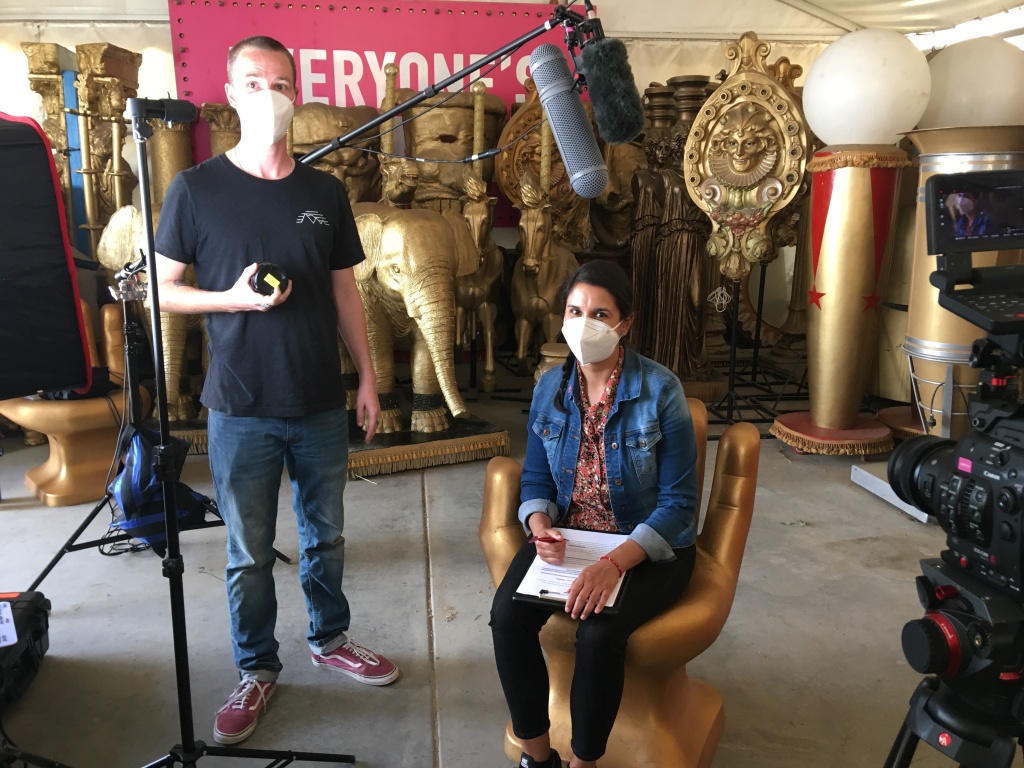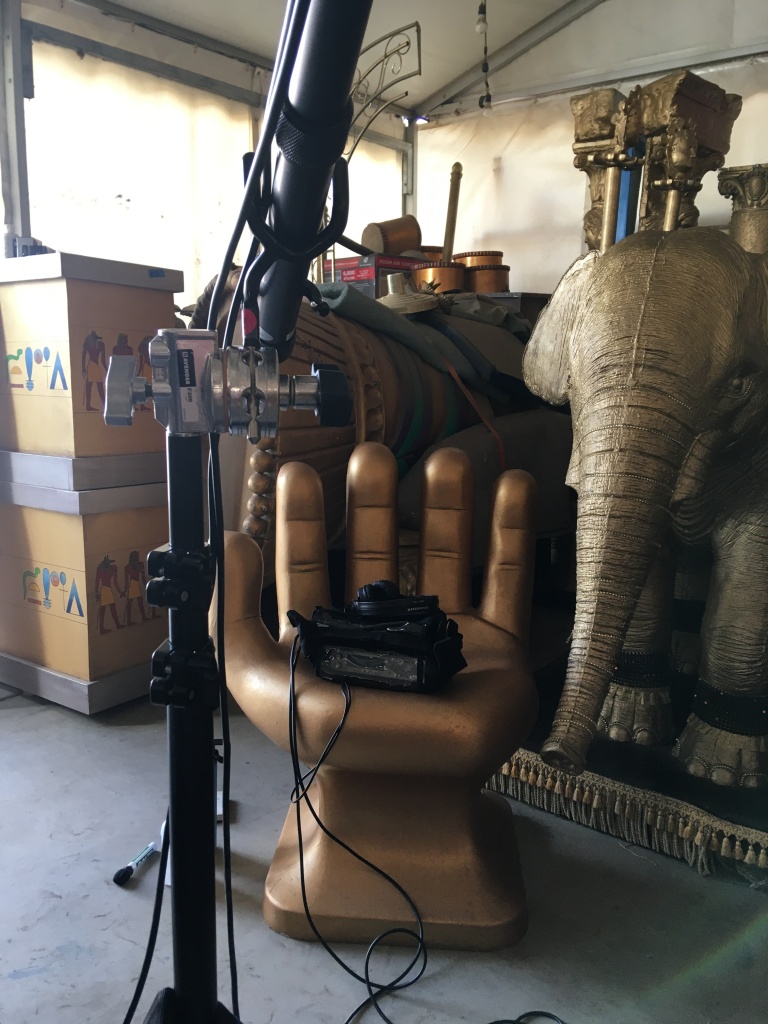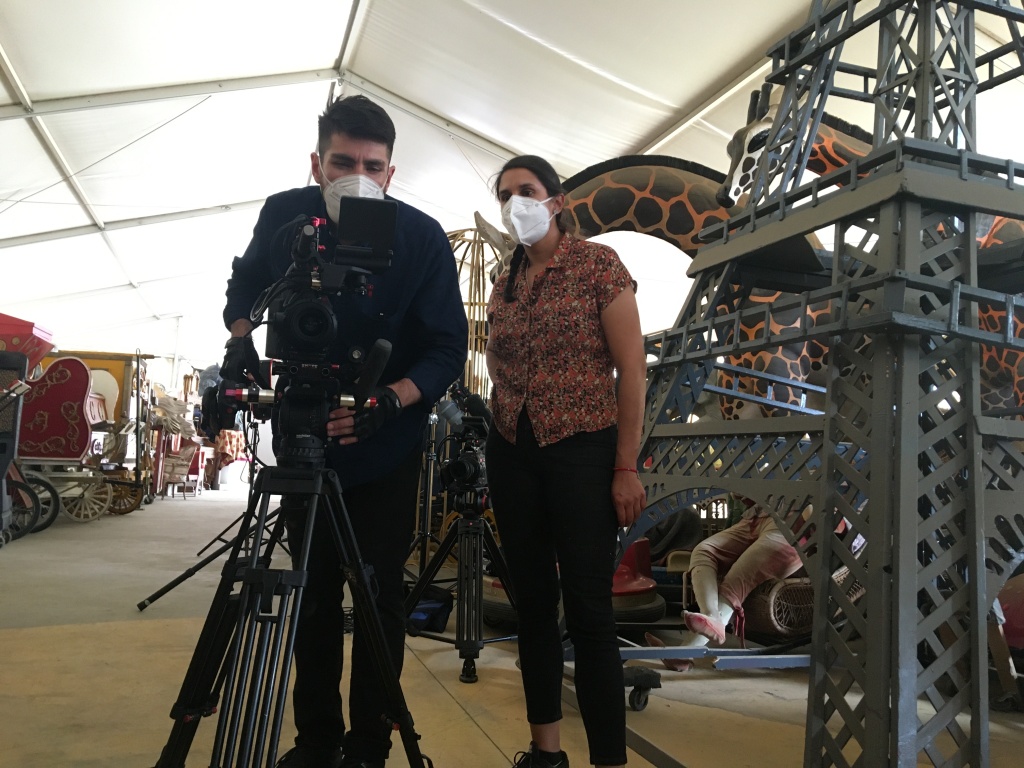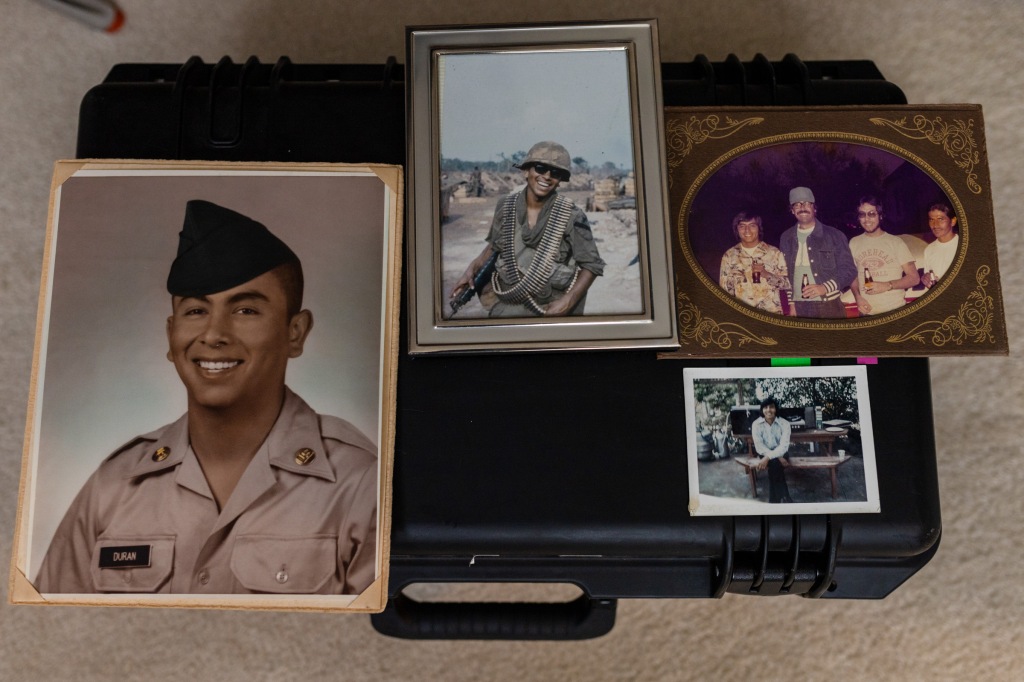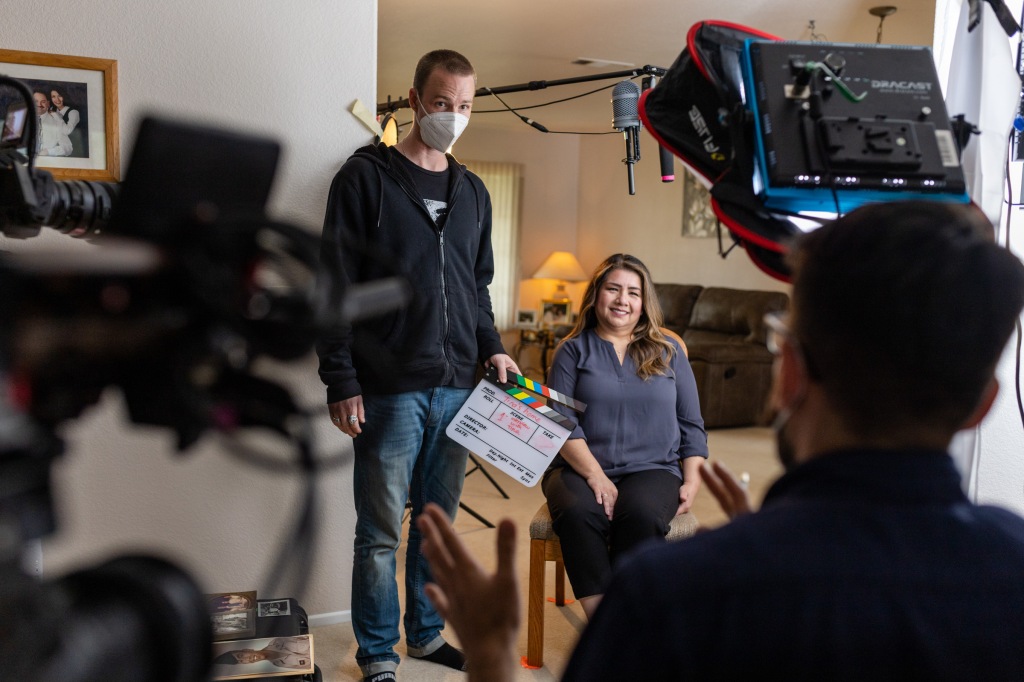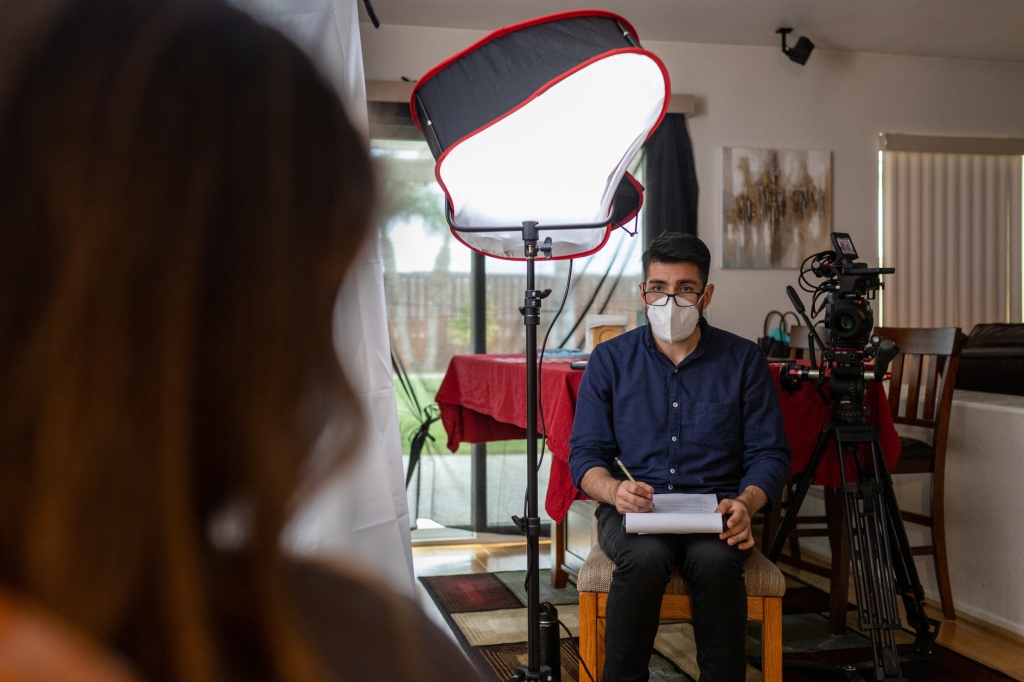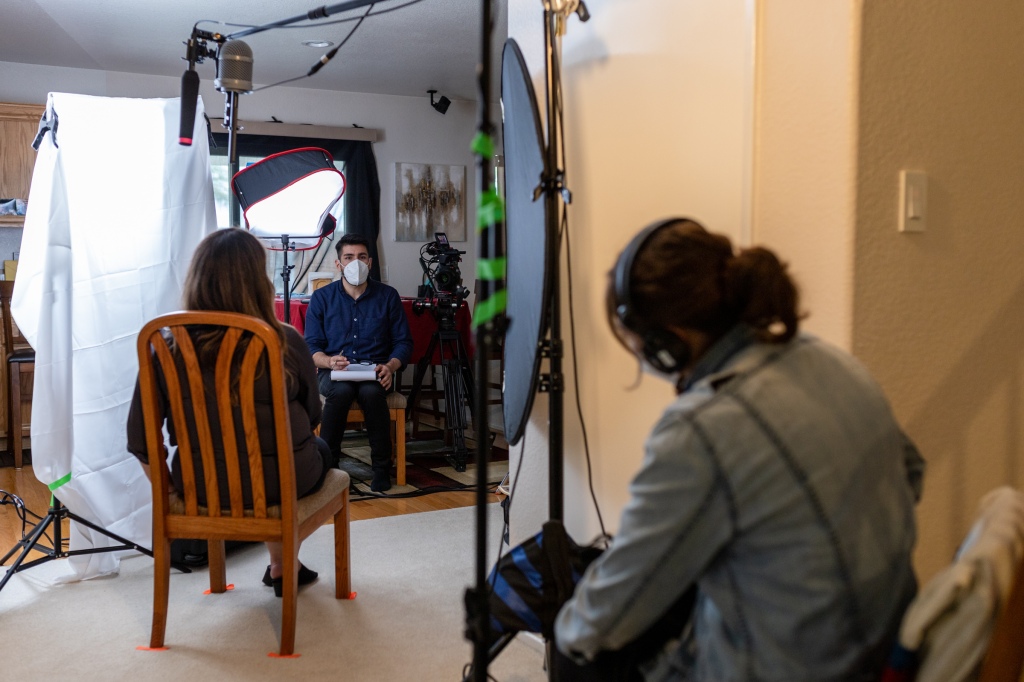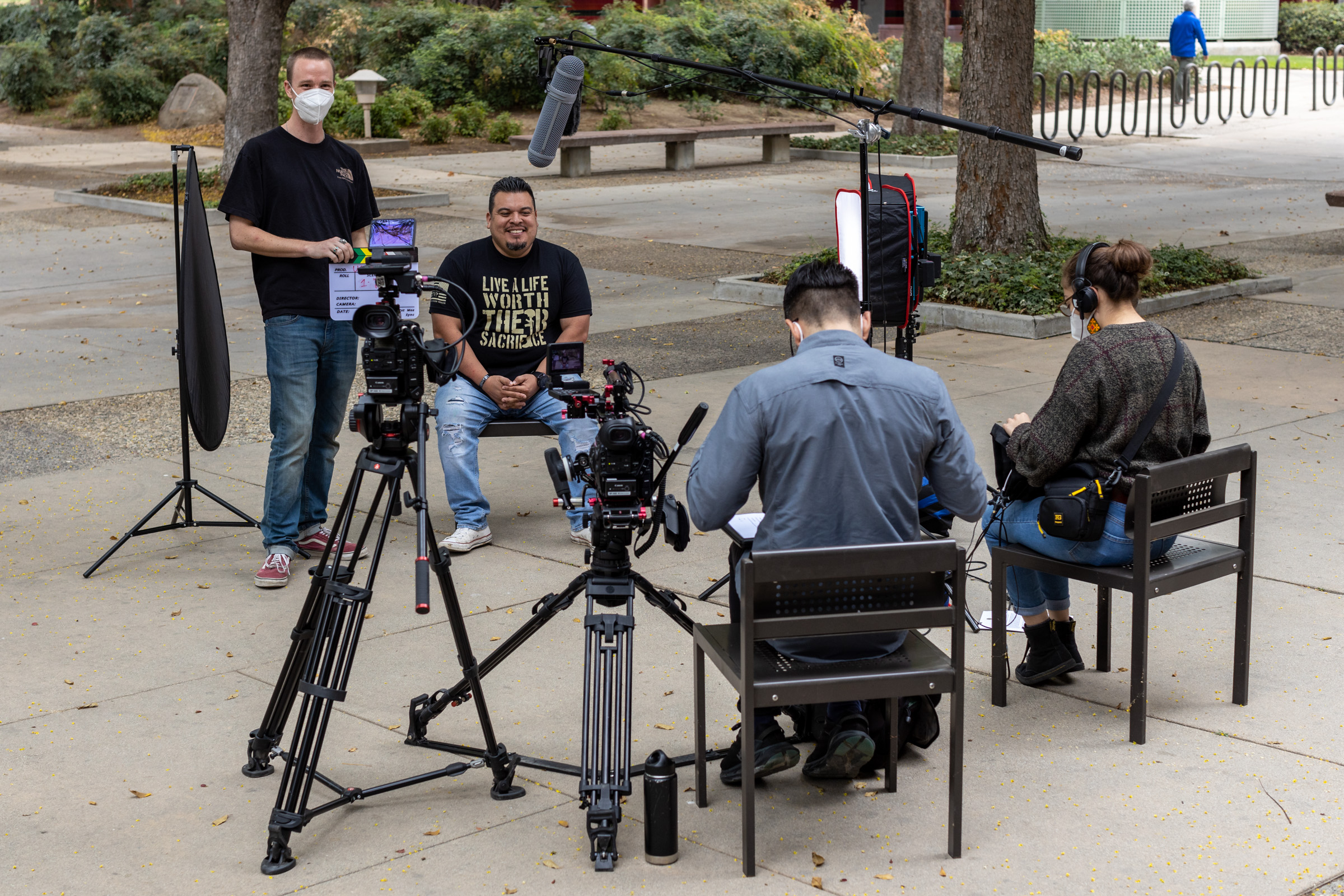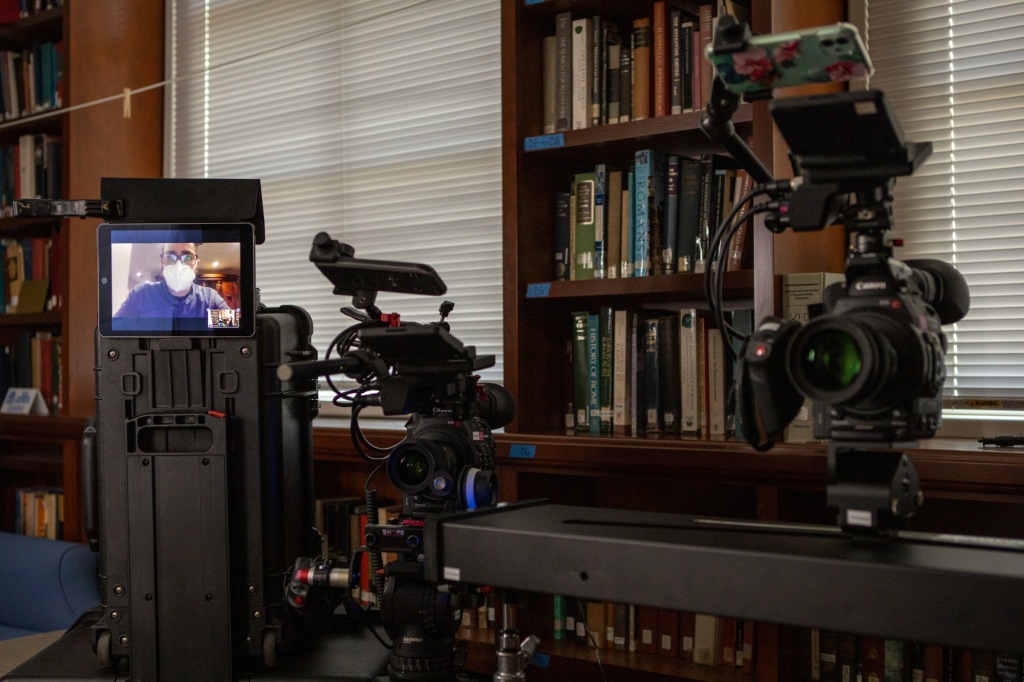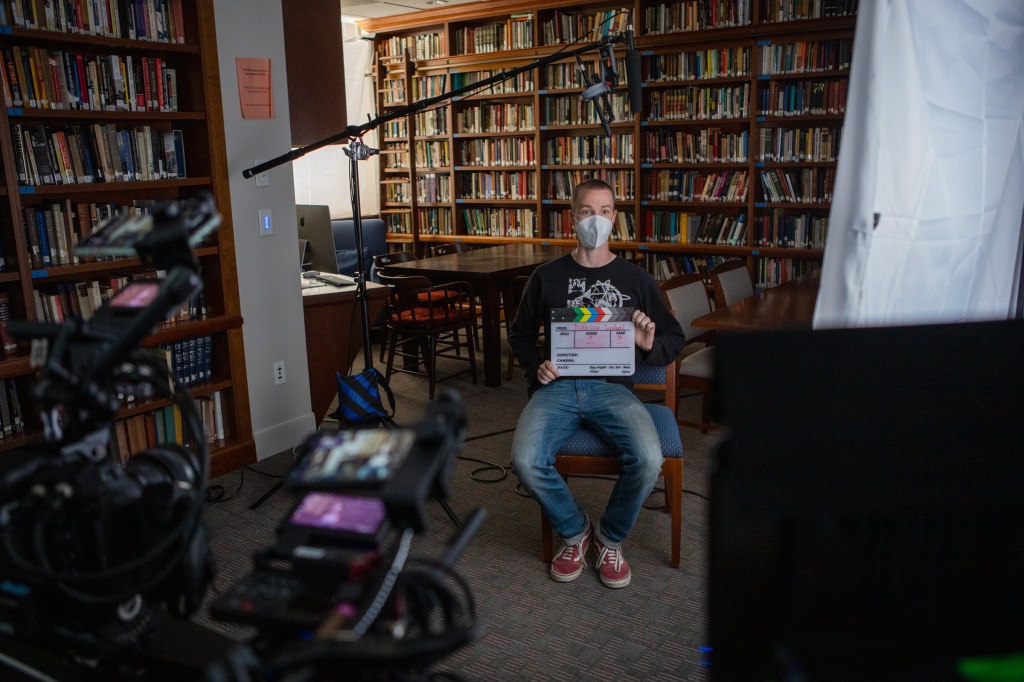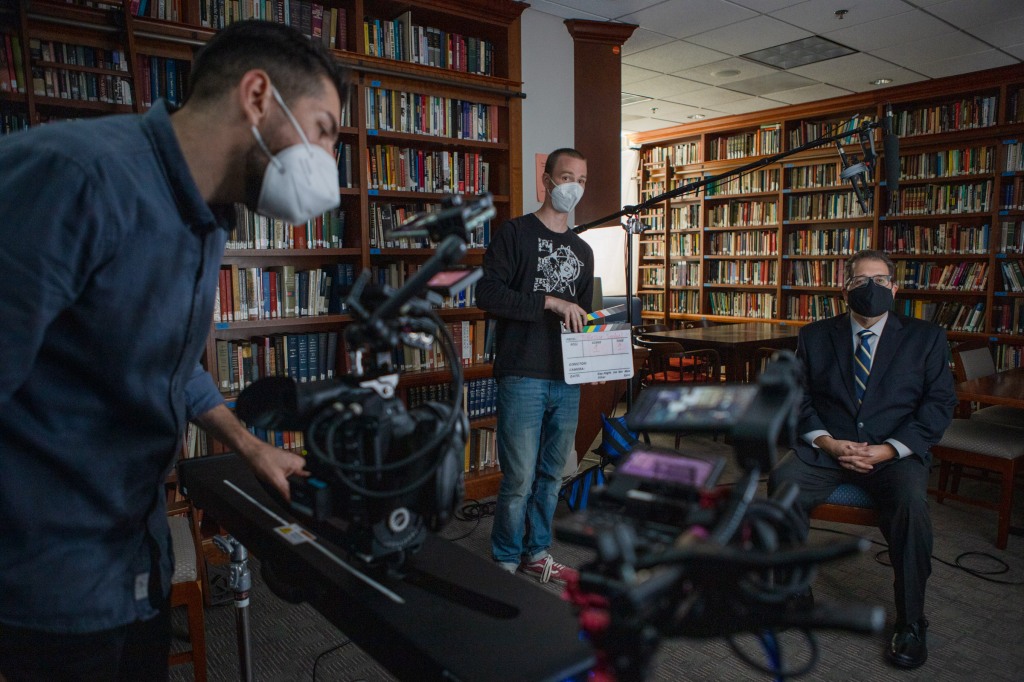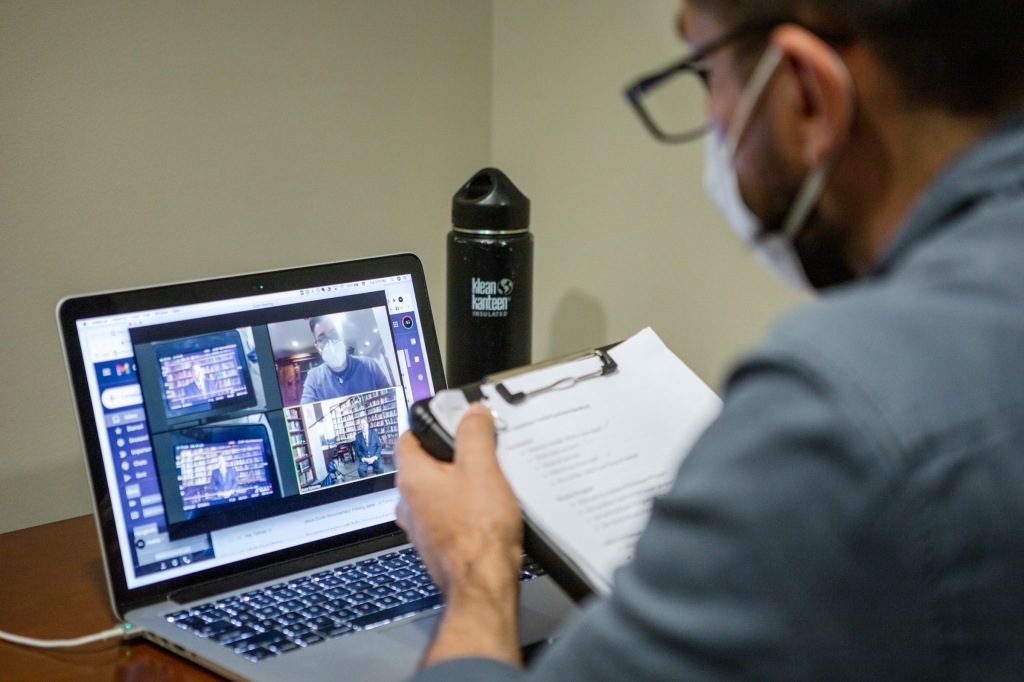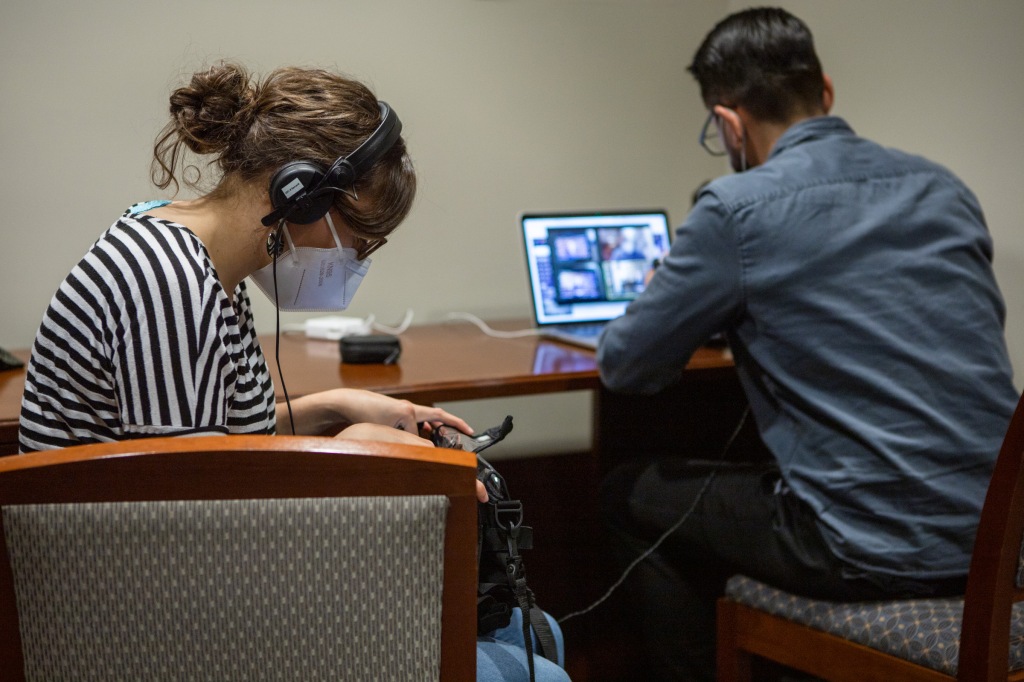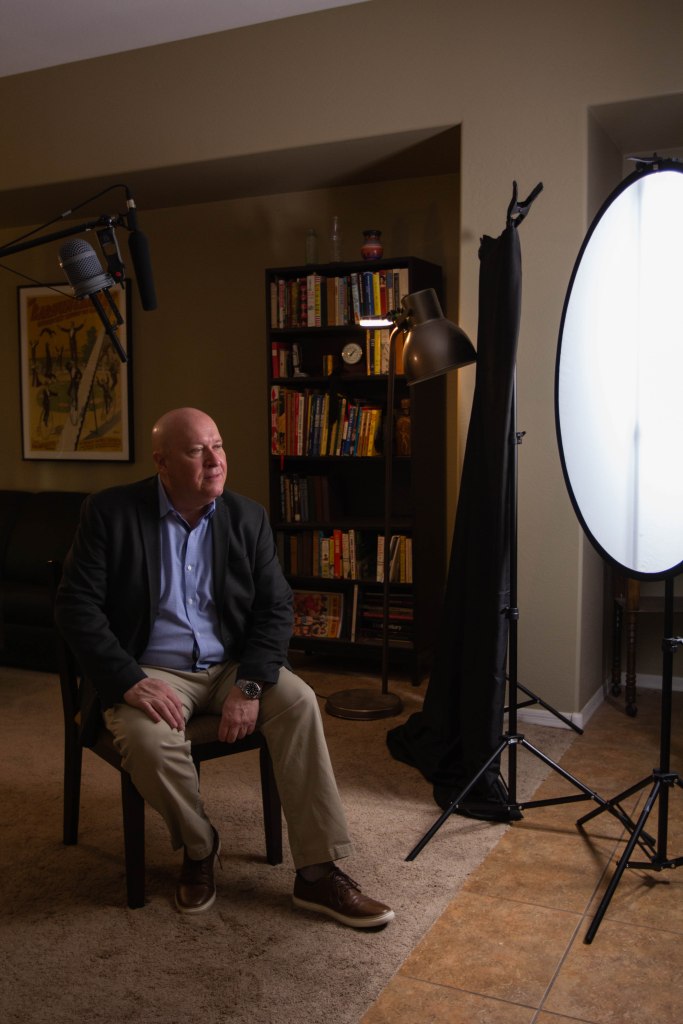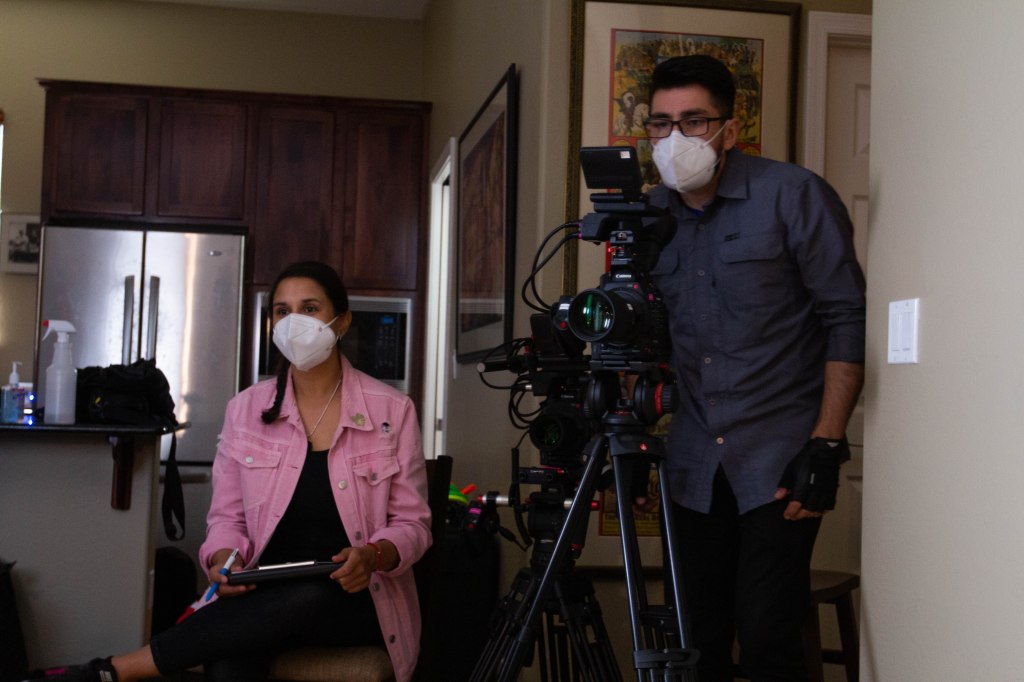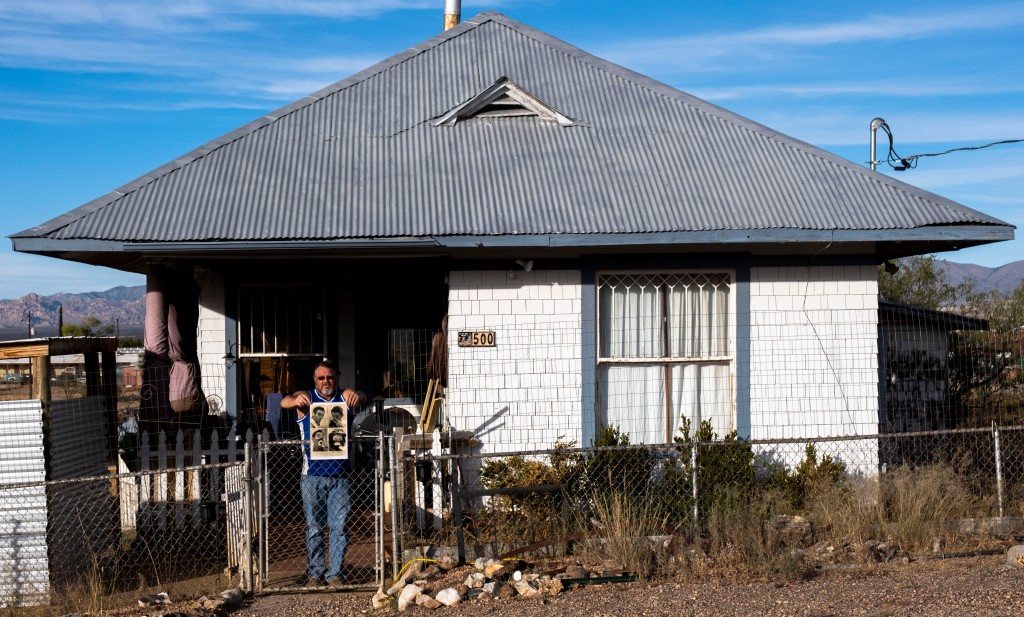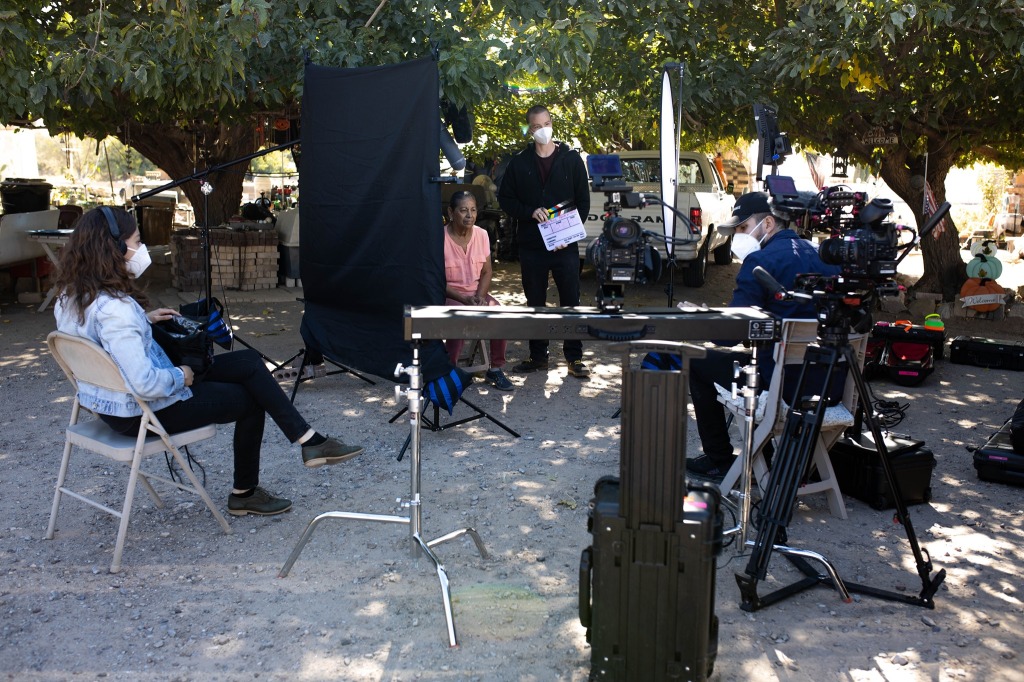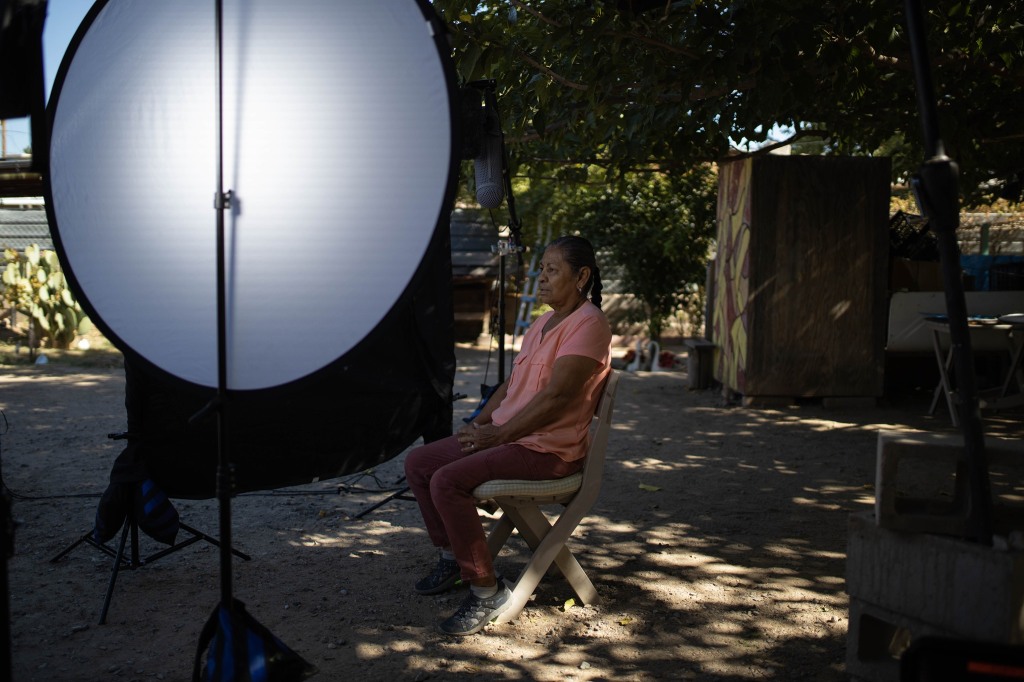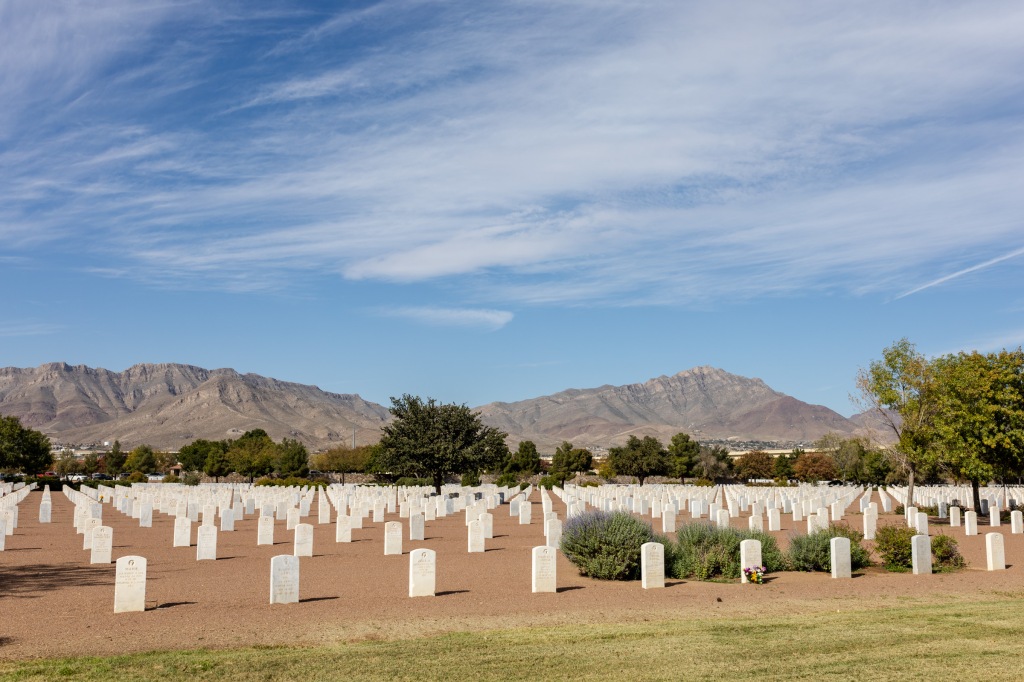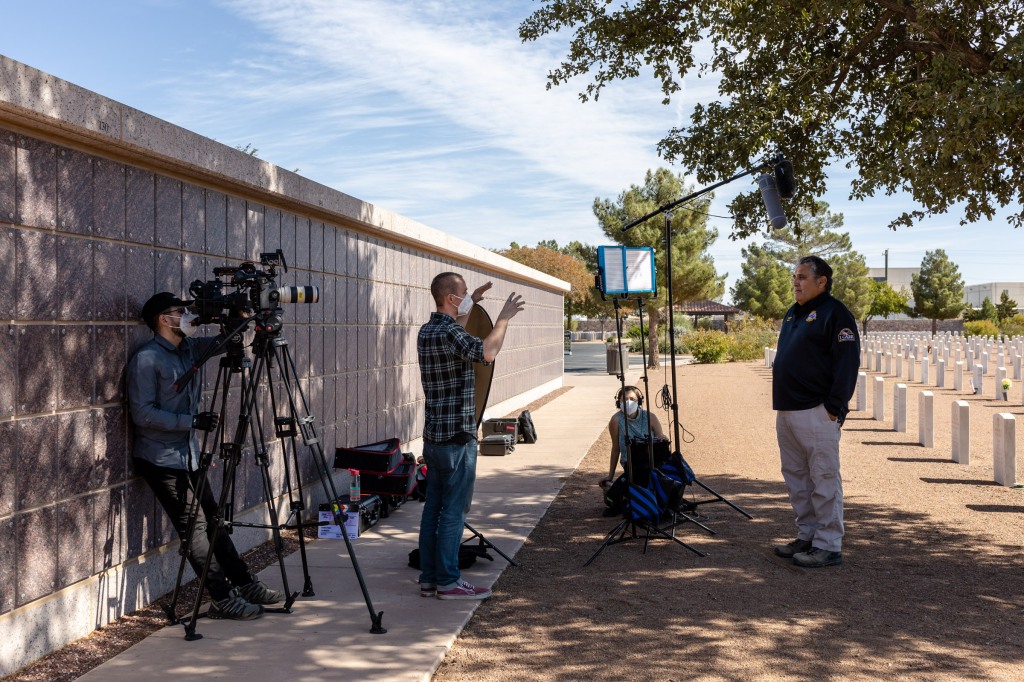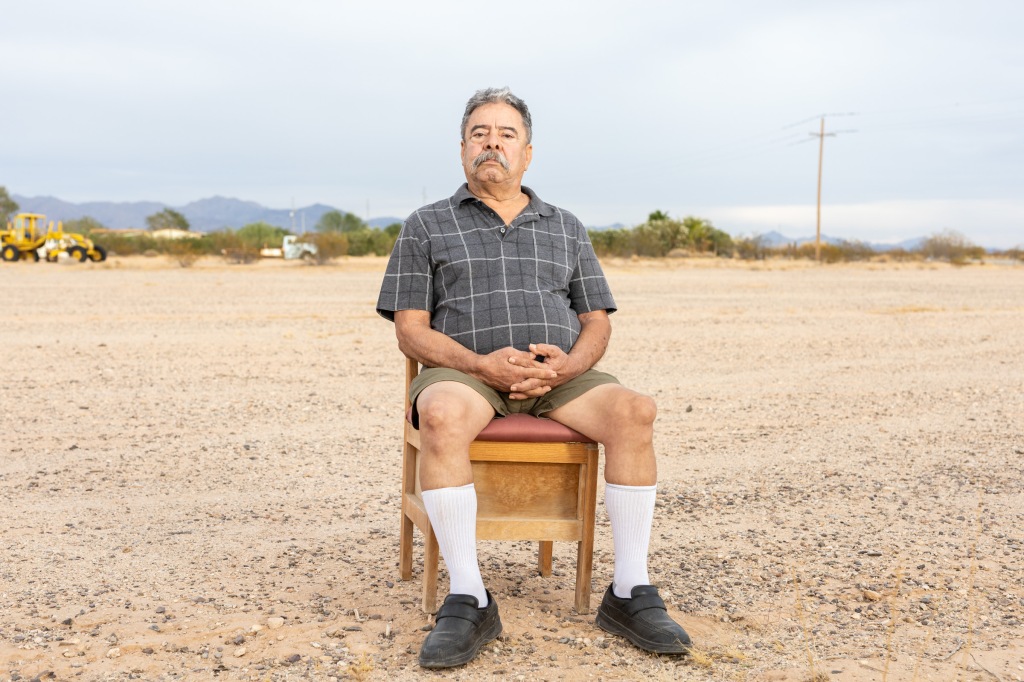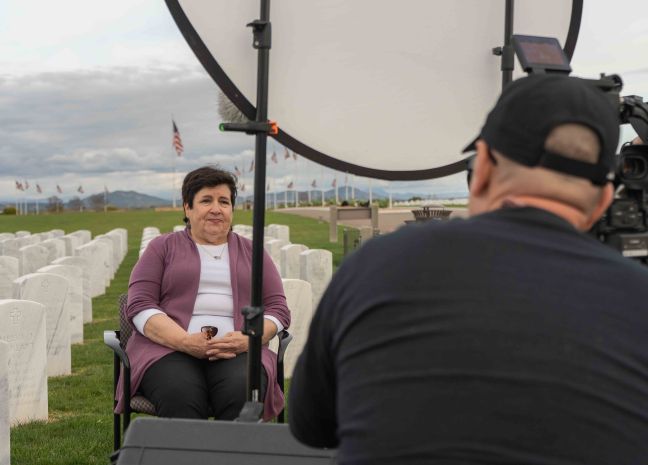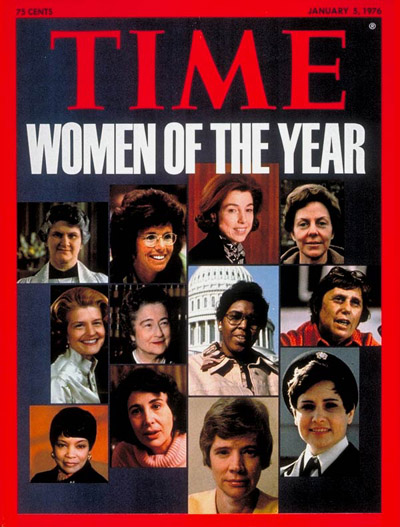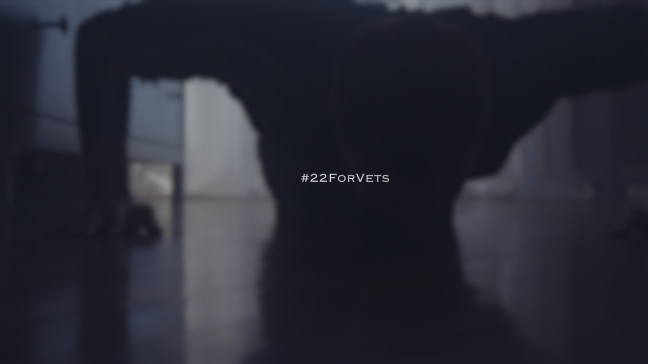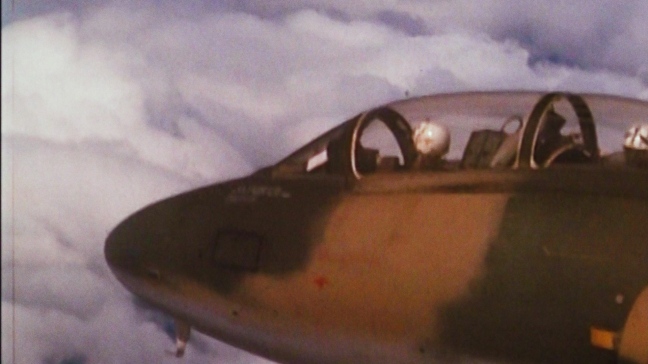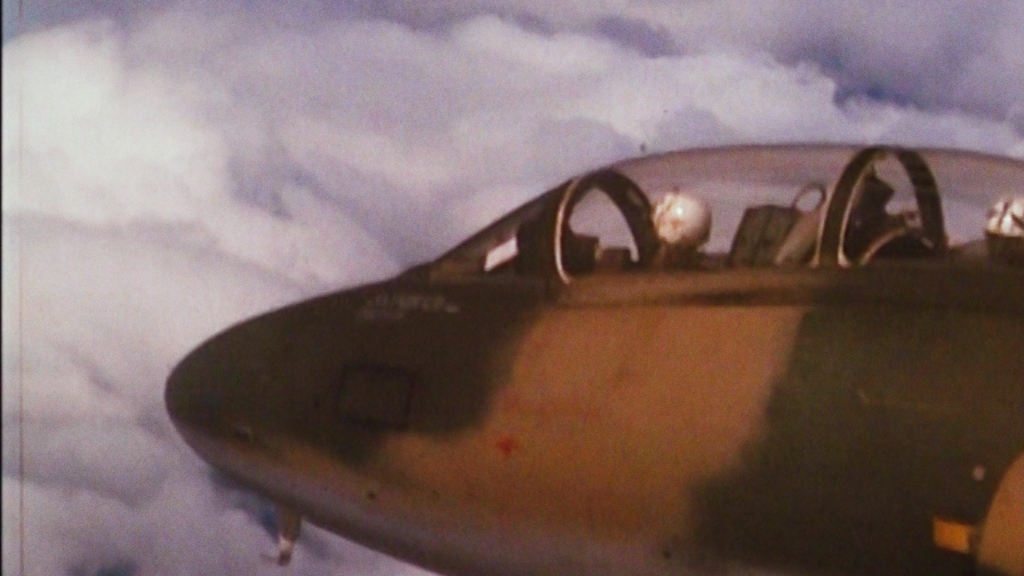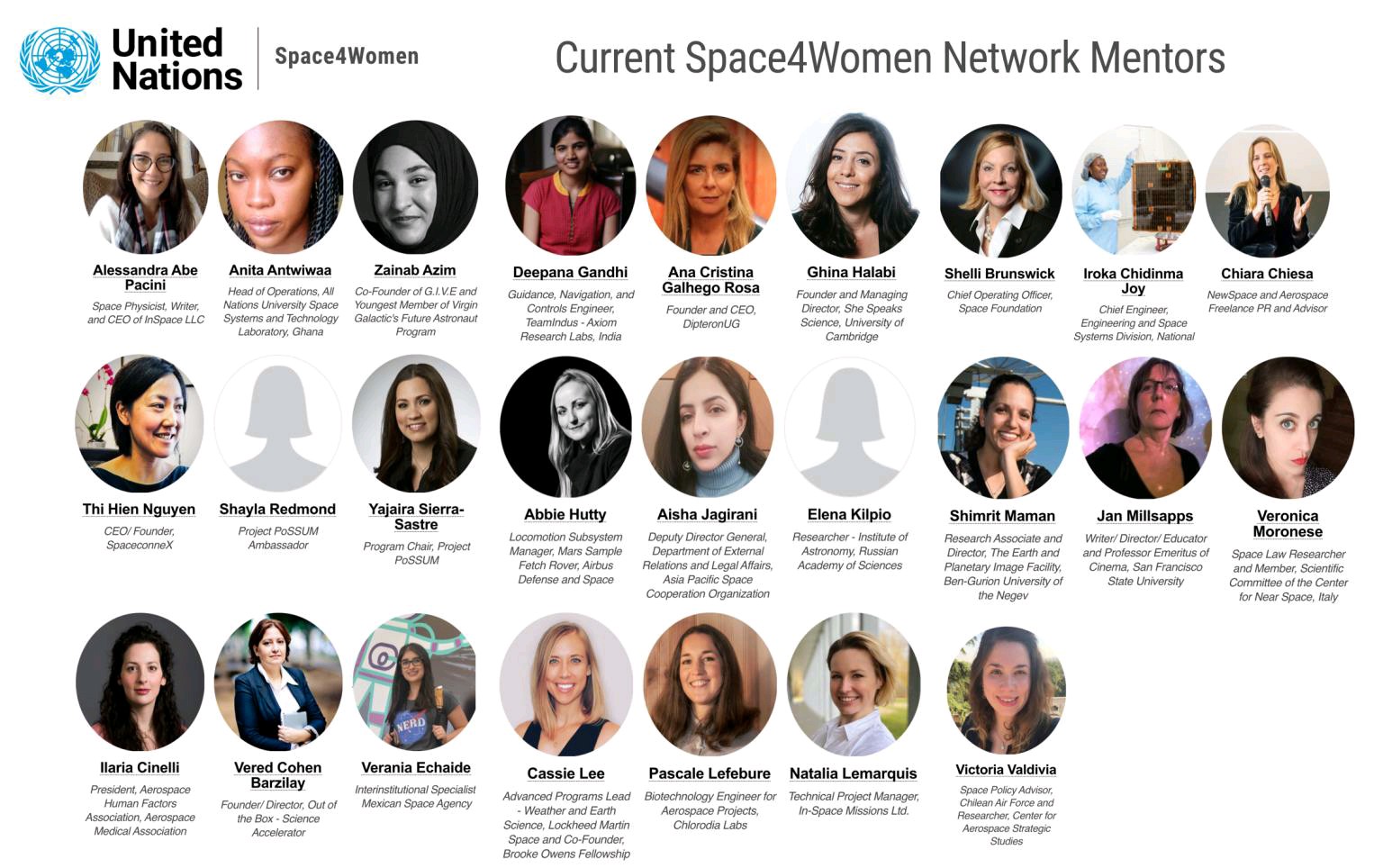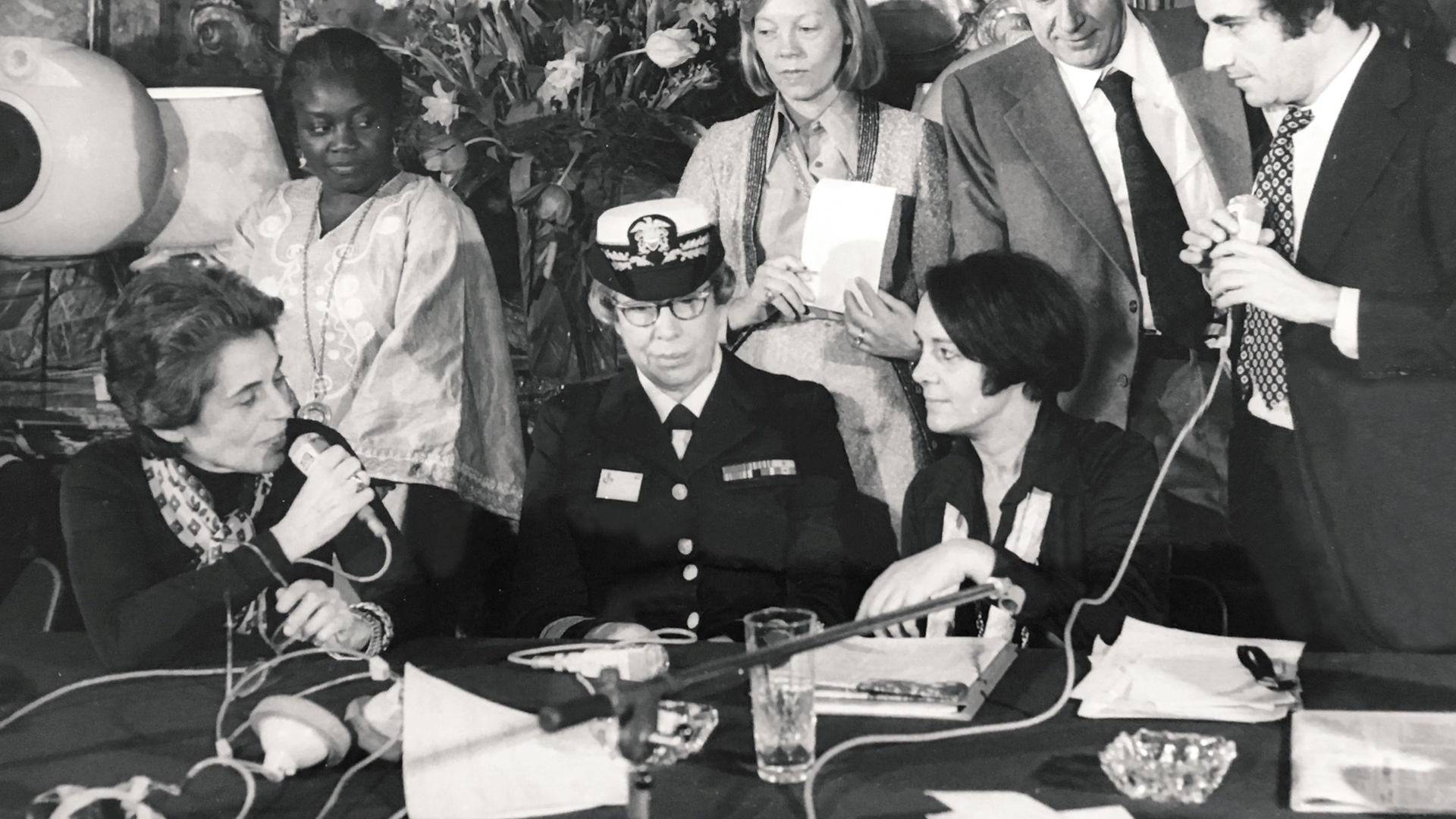In honor of Armistice of 11 November 1918, which ended World War One, El Dorado Films and Veteran Documentary Corps invite you to screen our WWI films now on Vimeo!
Our feature film, The War to End all Wars… and its American Veterans, tells the story of Great War from the veteran point of view: the Lafayette Escadrille, or American fighter pilots in French uniforms, anti-submarine warfare, trench and gas warfare, the heroics of the Harlem Hell Fighters, the Battle of Belleau Wood, and the rule of nurses on the front lines. It features unseen archival footage and expert commentary by Professors Trevor Getz (San Francisco State University), Jennifer Keene (Chapman University), and Christine Hallett (University of Manchester), you can watch this award-winning film on Amazon or iTunes and now on Vimeo.
We’re particularly happy to also announce our series of short films on individual veterans of the Great War, The World War I Experience. You can watch one of the shorts or the entire series!
Raoul Lufbery: Fighter Ace
Gervais Raoul Lufbery, triple confirmed ace, mechanic and world traveler, was a beloved member of the pioneering LaFayette Escadrille squadron, a formation of volunteer pilots serving in France for the French before American joined the war. This amazing short is directed by Alexander Zane Irwin. The film features scholars as well as Lufbery’s great nephew, Raoul Lufbery III.
Samuel Wilder King: Fighting for Hawaii
Directed by Carolina Gratianne with narration offered by Louise King Lanzilotti, King’s granddaughter, this film was shot in Hawaii and features the Navy’s contribution to the Great War. Samuel Wilder King was born and raised in Hawaii, well before it became a state, and served in the Navy in WWI and WWII – and went on to serve in Congress.
John Henry Balch: Medal of Honor
This film tells the story of Navy Pharmacist Mate and Congressional Medal of Honor recipient, John Henry Balch, with a focus on his assignment to the 3rd Battalion, 6th Marine Regiment, during the Battle of Belleau Wood and other campaigns. After WWI, Balch went on in the Navy, rising to the rank of Commander. Directed by Srean Hok, the film also features illustrations by Jian Giannini.
Nurse Helen Fairchild: Killed in Action?
Helen Fairchild was stationed in Belgium on the front lines helping wounded soldiers – many of whom suffered from the ravages of chemical warfare. She also died near the front lines and is buried in France. Nurse Helen Fairchild: Killed in Action? is directed and edited by Arizona State University professor of film, Eliciana Nascimento: “For me,” the director notes, “it was a reward making a movie of a war hero who wasn’t initially recognized as such.” The film features Nelle Fairchild Rote, Nurse Fairchild’s niece, as well as historical commentary by Professor Christine Hallett.
Noble Sissle’s Syncopated Ragtime
Filmmakers Daniel Bernardi and David De Rozas share the story of the son of an emancipated slave. Noble Lee Sissle was a musician turned American war hero severing with the Harlem Hell Fighters as the Germans named them. He and his fellow Black soldieries also introduced syncopated ragtime to French culture. After the Great War, Sissle became a famous artist who led the Harlem Renaissance. This award winning short tells a story about sacrifice and rising up to challenges that may seem impossible but with perseverance and dignity is achievable, and includes original music by Sissle and his partner Eubie Blake. This film won National Best Short at the 2019 American Documentary Film festival. It is narrated by Noble Lee Sissle, Jr. as well as Professor of History Trevor Getz.
Remembering our Heroes
Veteran Documentary Corps founder and Director, Daniel Bernardi, believes in getting these stories of our WWI veterans out and into the world. “Being a veteran, I know firsthand, that every job in the military is important. Sometimes there are those that don’t always get the recognition they deserve.” He is promising to release more of the fifty shorts and numerous features he has produced or directed on veterans.
You can watch any one of the WWI films or the entire series here. You can watch our feature, The War to End All Wars… and Its American Veterans here. Please leave comments. We value feedback and criticism.

